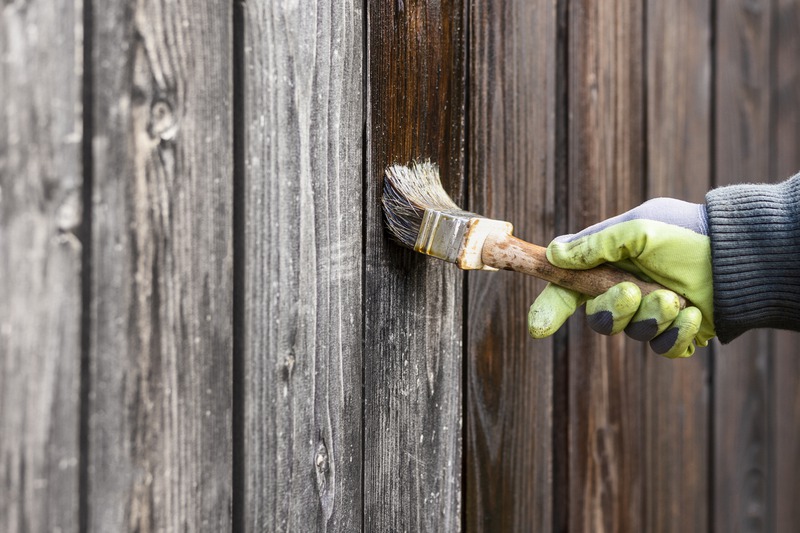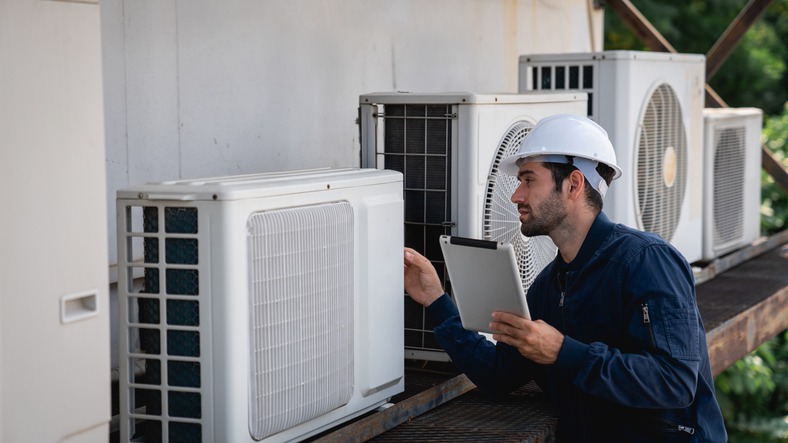Effective communication helps remote teams collaborate better. With individuals working from various locations, having the right tools allows team members to connect, exchange ideas, manage projects, and keep productivity high. Choosing proper platforms can improve interaction, decrease misunderstandings, and make collaboration easy for remote workers.
How Do Platforms Improve Remote Team Interaction
Video Conferencing Apps
Video conferencing lets team members see and hear each other clearly, almost as if they were in the same room. Applications such as Zoom, Microsoft Teams, and Google Meet offer high-quality video, audio, and presentation tools. Collaborators use these effectively for meetings, brainstorming sessions, client presentations, and face-to-face conversations.
Video calls also help team members pick up nonverbal cues like facial expressions, gestures, and body language. Because these signals provide extra context, companies choose these platforms to enhance interpersonal relations among remote employees. Employees tend to feel more connected to team projects and goals when they have personal interactions.
Instant Messaging and Chat Software
Instant messaging platforms like Slack and Microsoft Teams support quick, on-the-spot communication among team members. Workers appreciate these platforms for immediate questions, sharing quick ideas, or updating teammates about ongoing projects. Co-workers can create separate channels for various topics, tasks, or teams within these platforms, organizing their conversations effectively.
By using emojis, GIFs, or reactions, colleagues add a friendly tone, enhancing team cohesion. Instant chat also reduces barriers for shy team members who might find it harder to speak up in meetings. Teams find that frequent and casual chatting increases collective productivity.
Project Management Tools
Tools such as Trello, Asana, and Basecamp assist companies in managing remote projects. These platforms let teams organize tasks, assign duties, set deadlines, and track progress smoothly. Clearly defining roles and timeframes for every task helps remote employees manage their work efficiently. Project management software also informs team leaders of ongoing project statuses without unnecessary meetings or emails.
Managers can observe developments, measure productivity, and address issues promptly. As collaboration and clear communication are streamlined, overall completion rates improve significantly with project management tools. If integrating new remote talent is a priority, consider reaching out to a remote hiring company for additional support.
Collaboration Documents and File-Sharing Applications
Collaboration platforms such as Google Workspace and Microsoft Office 365 enable remote workers to jointly edit documents, spreadsheets, presentations, or reports. Instead of repeatedly emailing files back and forth, employees share editing access and view real-time updates. This method saves valuable time, minimizes errors, and eliminates confusion about file versions.
File-sharing services such as Dropbox, OneDrive, and Google Drive store documents securely and permit easy access from any device. Remote employees stay synced with their teammates and work smoothly on shared files without frustration or wasted time. Sharing documents becomes simpler, and employees collaborate much more efficiently.
Virtual Whiteboards and Brainstorming Platforms
Virtual whiteboards like Miro and Jamboard offer online spaces for teams to brainstorm ideas, create mind maps, and visually collaborate. Remote teams share ideas freely, sketch plans, and generate creative solutions during virtual meetings. Unlike traditional notes, online whiteboards let participants save, export, and revisit their ideas easily.
These online platforms encourage participation from every team member. Workers tend to feel fully engaged, offering ideas freely and interacting positively. The visual nature of virtual whiteboarding enhances team creativity, interaction, and active discussions.
Time Zone Scheduling Tools
Scheduling applications like World Time Buddy and Every Time Zone assist remote teams scattered across different geographic locations. Remote team leaders coordinate international meetings, respecting each individual’s local time. This clarity prevents confusion, miscommunication, and scheduling errors among remote employees.
These helpful applications simplify scheduling tasks, providing clear visuals of every team member’s time zone. Employees confirm their availability without lengthy discussions or complicated calculations. Using time zone scheduling tools reduces frustration, boosting communication within dispersed teams.
Employee Recognition and Feedback Software
Recognition and feedback platforms such as Bonusly and 15Five keep remote team morale high. Employers effectively recognize and reward employees for achievements, encourage peer appreciation, and showcase exceptional work throughout the organization. Providing consistent positive feedback builds confidence, motivation, and job satisfaction among remote workers.
Utilizing feedback tools helps remote employees feel noticed, valued, and part of the company’s culture. Employees see clearly defined expectations, constructive evaluations, and personalized recognition. This results in increased team engagement, productivity, and positive interactions. Effective employee recognition is also a key factor that top executive recruiters consider when assessing a company’s appeal to high-level candidates.
Virtual Phone Systems
VoIP phone services like RingCentral or Grasshopper provide remote teams with easy telephone access. Workers maintain professional calls from home offices or mobile devices, ensuring clear voice communication wherever they are located. Remote workers, clients, or vendors reach the team seamlessly without delays or disruptions.
These adaptable platforms also distribute calls efficiently through virtual receptionists, call waiting, and forwarding options. Remote businesses appear unified, capturing every call carefully and promptly. Employees easily participate in phone conferences, and team communication stays uninterrupted by location differences.
Quick Access to Recruiting Assistance
Companies wanting to build strong remote teams sometimes need quick guidance from professional staffing agencies. They can promptly connect with established recruiting services that offer expertise. These experts provide essential support to organizations seeking to efficiently recruit qualified remote team members.
Professional assistance enhances team cohesiveness, collaboration, and balanced communication channels, enriching overall team performance. Prompt, professional staffing aids accelerate recruitment, saving time and resources significantly. To ensure you have access to all the necessary information and support, click for details and discover how to build a reliable remote team through immediate expert guidance.
Top Tools Summarized
-
Video Conferencing (Zoom, Google Meet)
-
Instant Messaging (Slack, Microsoft Teams)
-
Project Management (Trello, Basecamp)
-
Collaborative Document Platforms (Google Workspace, Office 365)
-
Virtual Whiteboards (Miro, Jamboard)
-
Time Zone Management (World Time Buddy, Every Time Zone)
-
Employee Recognition (Bonusly, 15Five)
-
Virtual Phone Systems (RingCentral, Grasshopper)
Key Factors in Selecting Communication Tools
-
Easy Use
-
Security Aspects
-
Integration with Existing Infrastructure
-
Cost-Effectiveness
-
Team Size and Requirements
Final Thoughts
Selecting appropriate communication tools transforms remote teamwork positively. Using effective platforms encourages clear interactions, builds positive relationships, enhances collaboration, and boosts overall productivity. Evaluating team needs carefully helps organizations choose wisely, maximizing communication, connectivity, and collaboration among remote team members.










